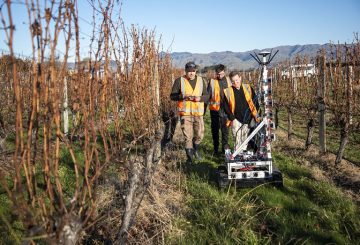南岛的一家企业成功地向中国出口海参。
Wild Catch首席执行官詹姆斯·帕菲特表示,他的公司每年出口近一百万个海参,在Covid-19疫情期间的低迷之后,该业务已经恢复。
帕菲特在接受 The Spinoff 采访时说,他在 2000 年代末生活在中国时首次想到了创业。海参与海胆密切相关,外观类似于黄瓜,在中国是一种美味佳肴。帕菲特记得:“我们在新西兰有那些。你看见他们在外面浮潜。”他想创建一家能够连接他的 “两个最喜欢的国家” 中国和新西兰的企业。
Wild Catch 每根干海参的费用约为 4.50 新西兰元。尽管这个价格高于海外种植的海参,但新西兰种植的海参受到中国消费者的高度评价。帕菲特说,海外竞争对手使用激素、抗生素和不干净的水在不太理想的条件下种植海参。
他说,帕菲特的海参是在野外悬挂捕获的,而且是可持续的。他说:“我们得到了一些相当不错的结果和反馈,其质地与非常珍贵的日本物种非常相似——只有我们的物种是野生的,呈金黄色。”
帕菲特说,在中国,海参被当作超级食物食用。他说:“整个冬季,很大一部分人每天都会有一天来抵御疾病和保持健康。”他承认自己也喜欢它们,“它们真是一种味道很干净的食物。它们一点都不腥味… 这是一种非常健康的食物,能让你感觉活着。”
Parfitt最近因新西兰和中国之间的贸易获得了NZTE奖,最近还被提名为EY新西兰企业家奖。
图片来源:Wild Catch





























































